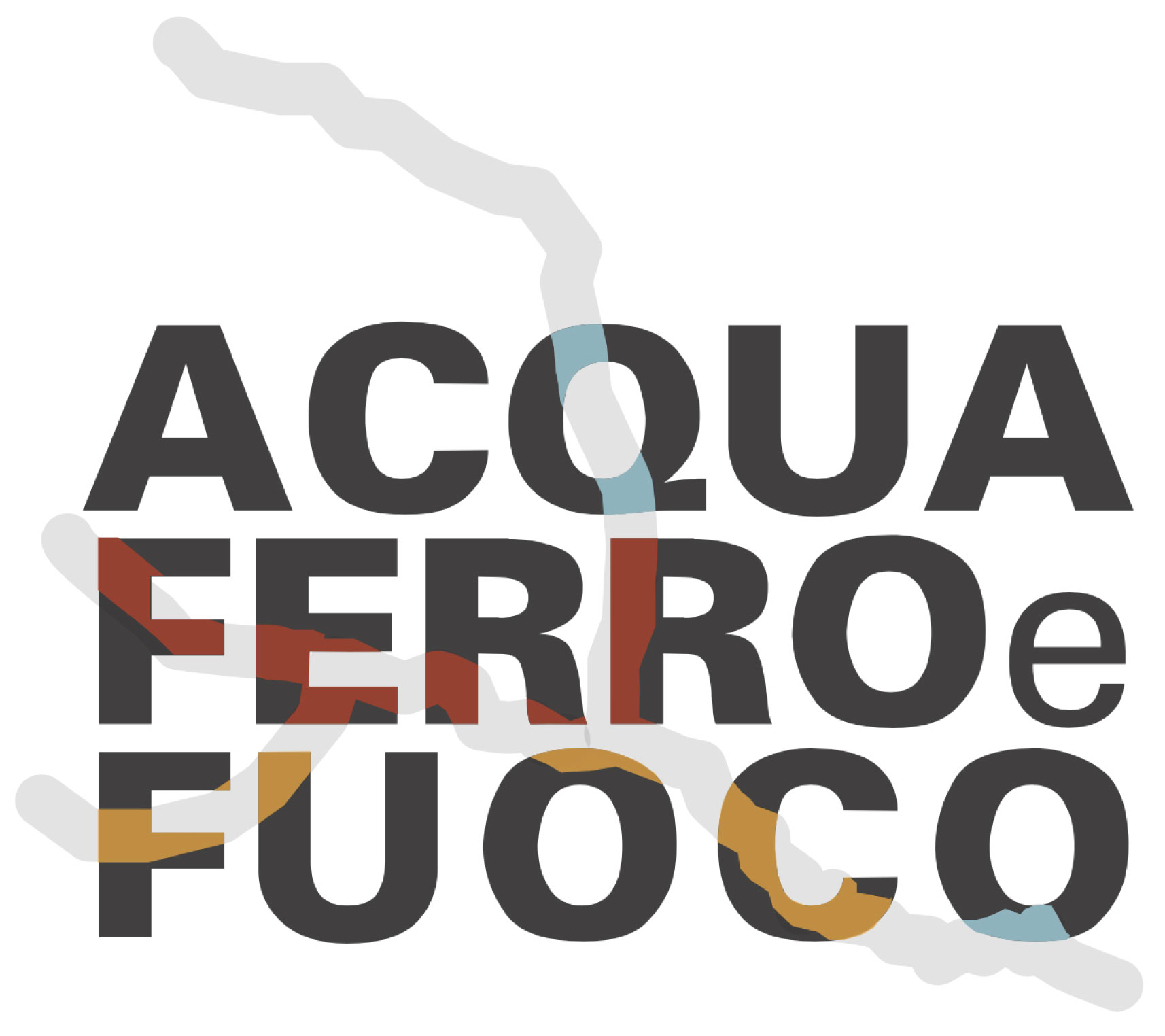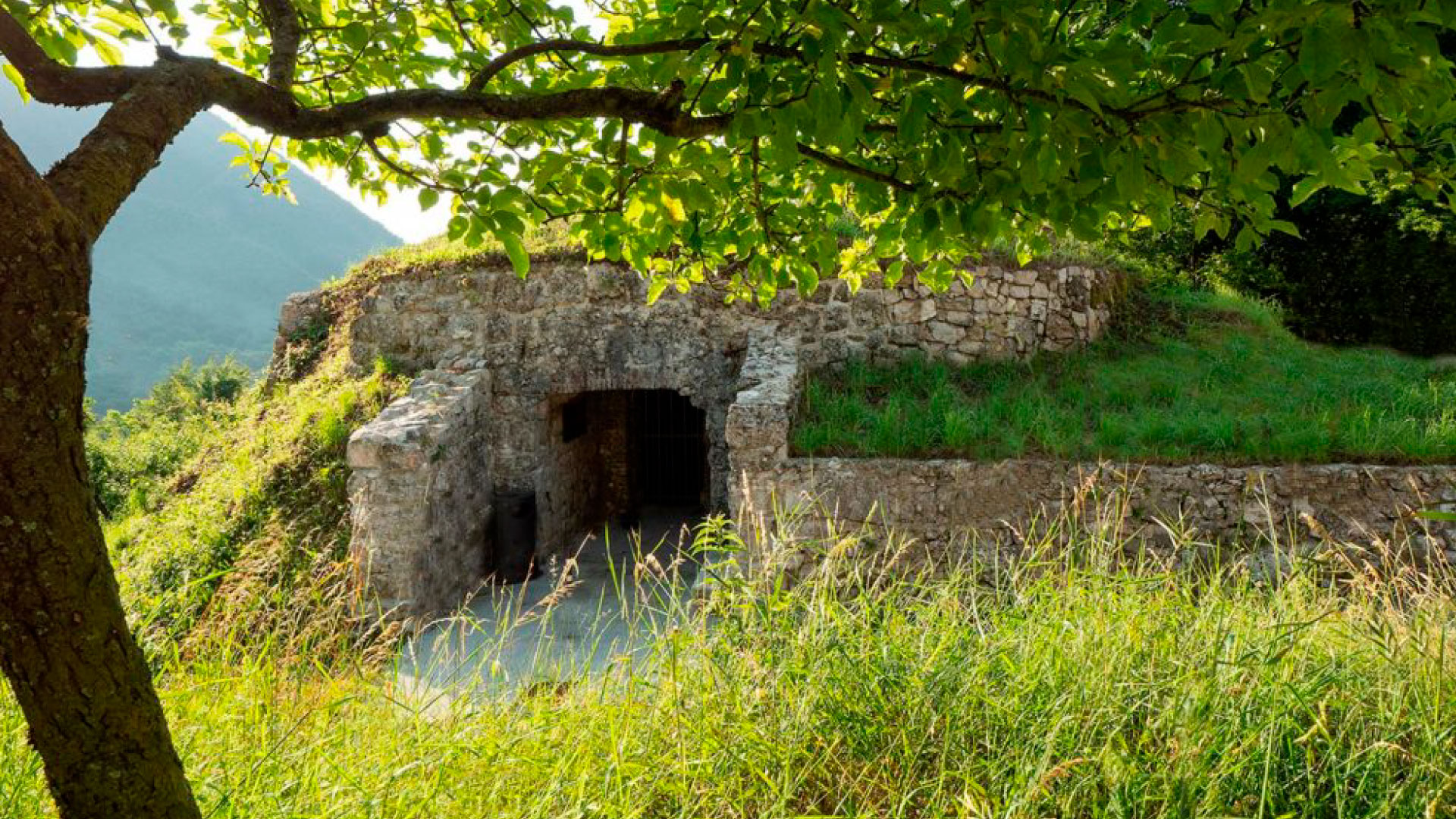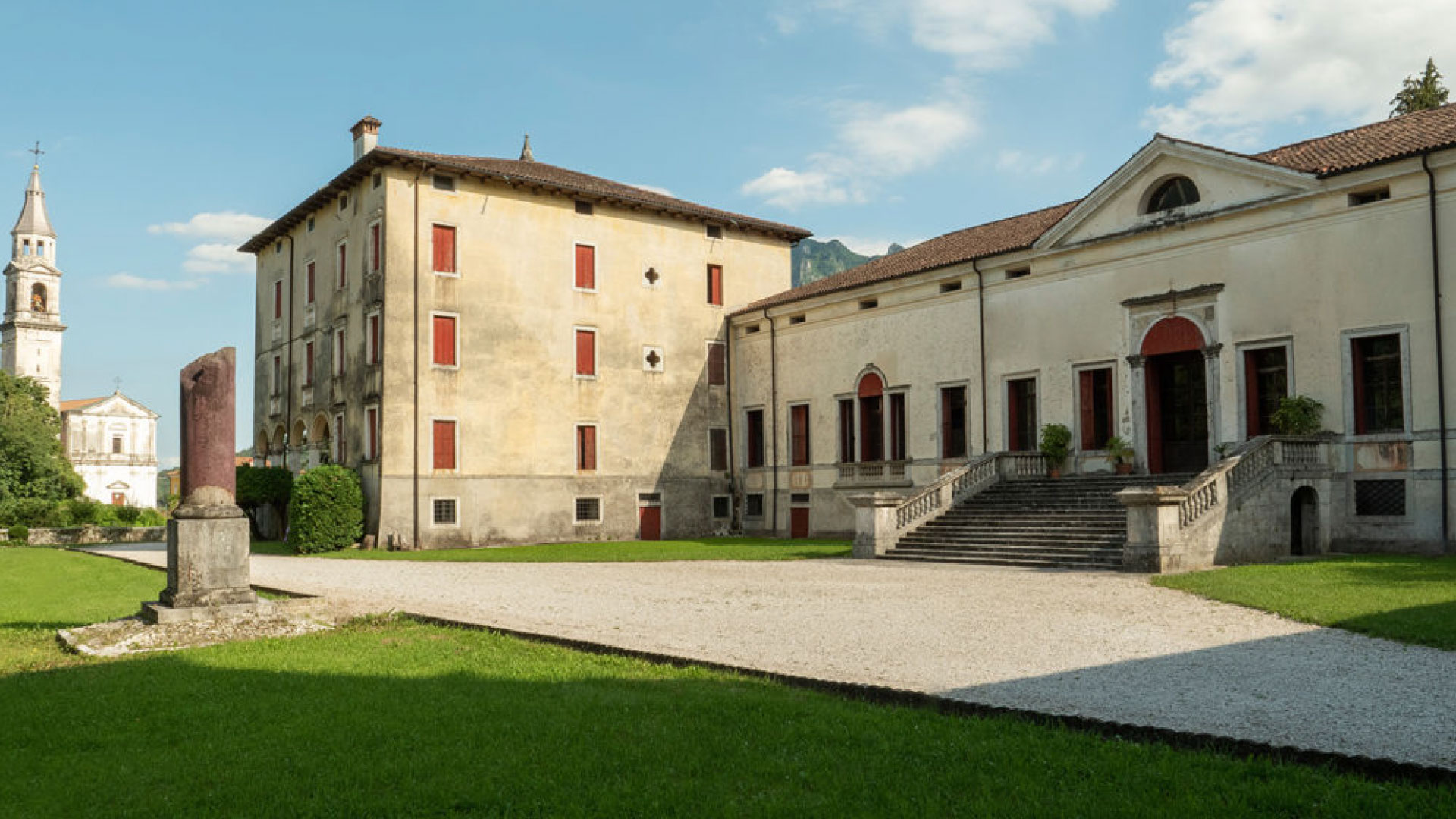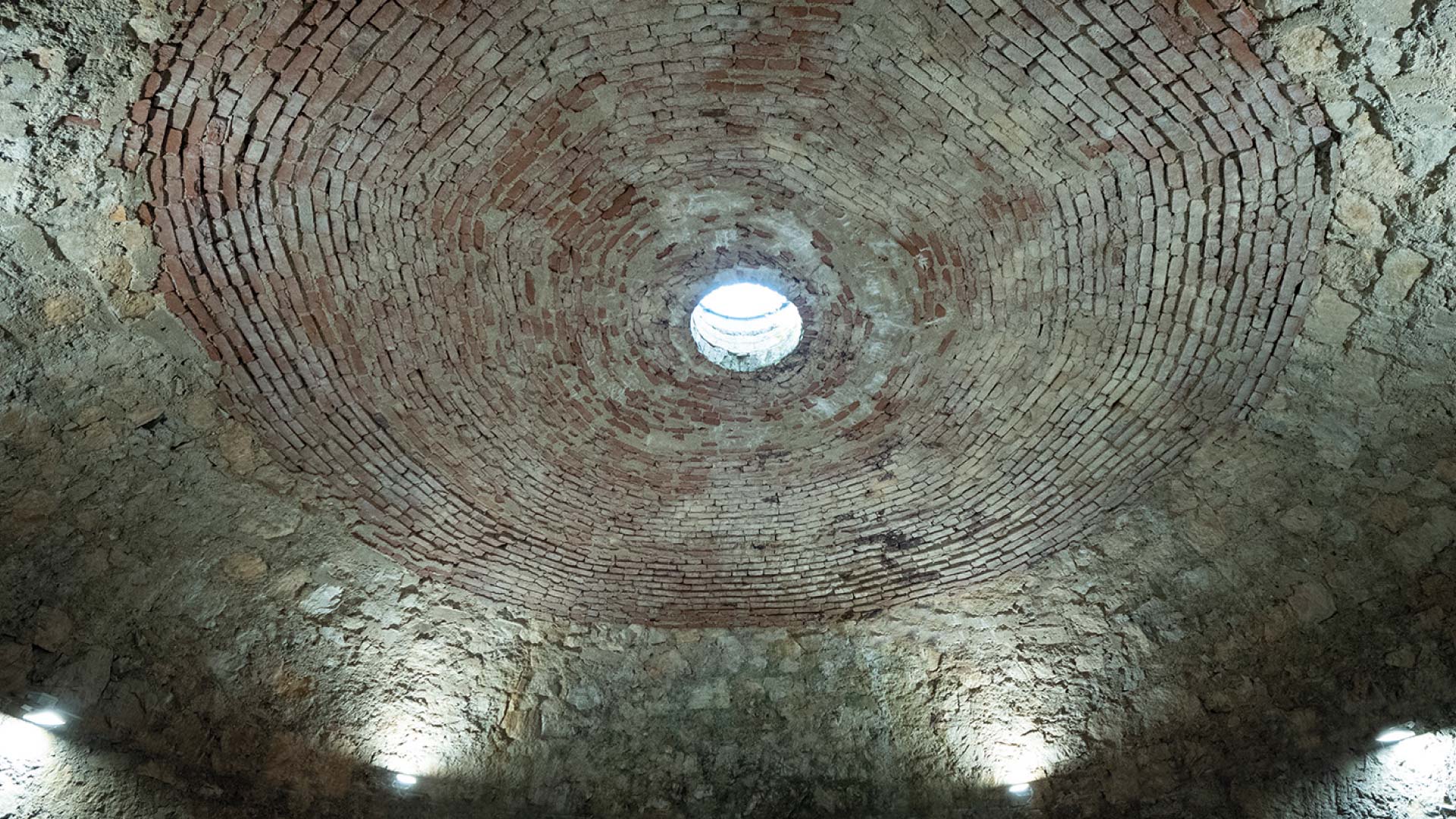Natural ice has been exploited for centuries to preserve food or for medical purposes. Thus, icehouses were vital to the Vicenza area, too, but closed down with the invention of refrigerators in the 1920s. Peralto icehouse is a circular building that has retained its original brick dome. It has a small protected north-facing entrance so that the sun would not warm the rear. The ice was stored in the main chamber and a semicircular staircase led into its depths. The chamber bottom was lined with logs, and ice, harvested in jute sacks from holes in the mountains of nearby valleys, was then stacked in layers, with straw separating each one.
In 1876, there was an epidemic of miliaria, a disease with symptoms including fever and itchy rashes resembling grains of millet, hence its name. Ice was in such great demand to relieve the pain it caused that 947.98 hundredweight had to be bought from two companies in Valli del Pasubio. In 1897, the town council commissioned two projects for the construction of a new icehouse, and Peralto was approved unanimously as the site. The icehouse cost 4,278.86 lire. Council papers dated 1900 show that it had been stocked with ice both purchased from outside suppliers and produced locally in the “dei mori” area, between the districts of Peralto and Cise, where vats were filled with water and left to freeze. It was later decommissioned and sold to “Signor Busato Antonio di Giobatta” in 1943, after which it lay abandoned and was used as a dump for demolition waste. In 2014, the Peralto icehouse was returned to the council in a thirty-year loan agreement and restoration work began, thanks to a joint effort between the council and volunteers.
According to local Arsiero history, butchers were periodically entitled to a quantity of ice and could even take their meat to the icehouse in summer. The ice was also used to treat fever, and doctors would write a prescription for it, after which patients could pick it up. Sick children were always given priority. On the eve of WWI, prescriptions also had to be approved by the town council due to a disproportionate rise in military bureaucracy.
Sources: research by Vanessa Busato, Susi Miola and Giovanni Borgo













